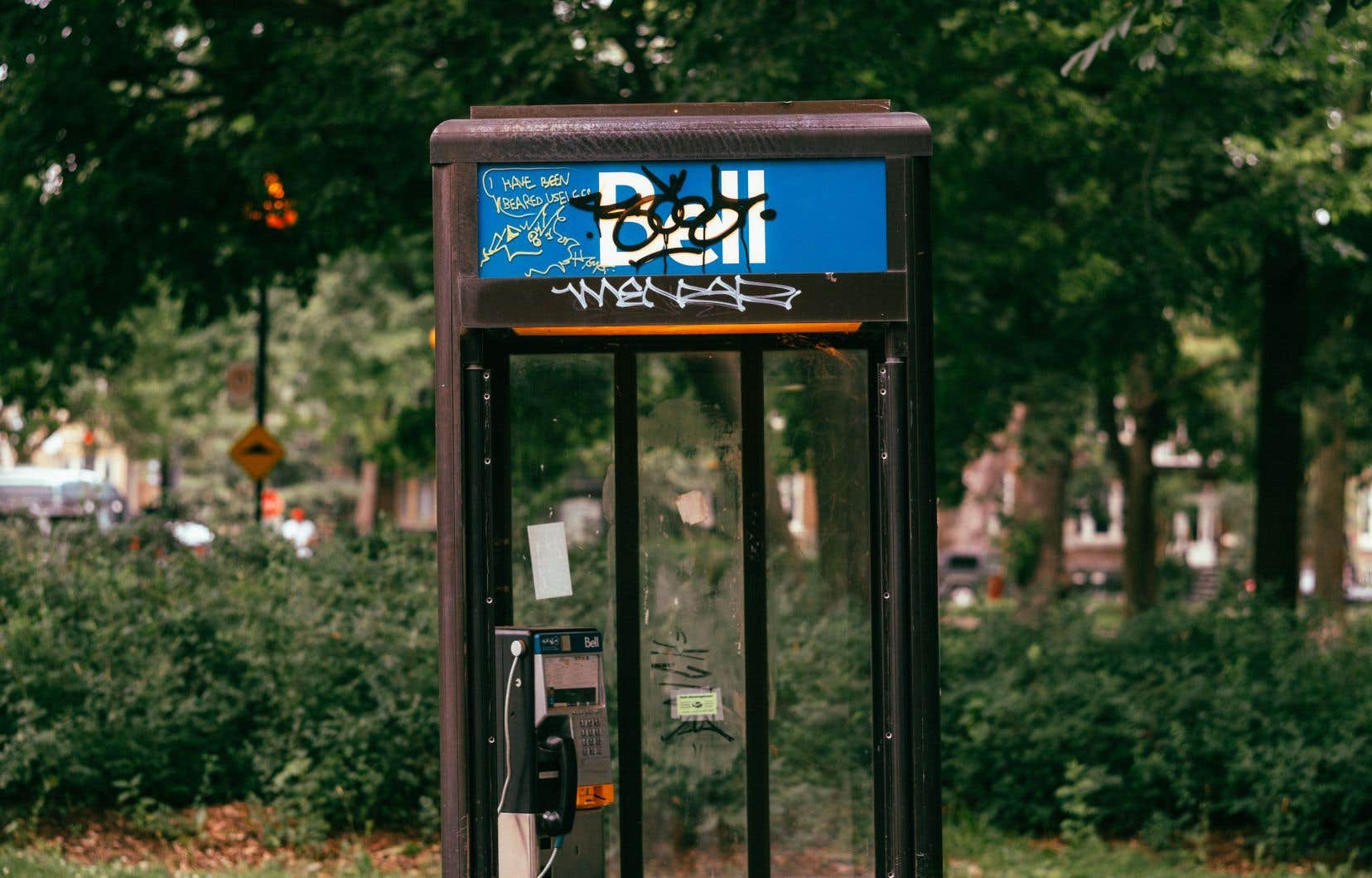Objects no longer used, forgotten practices, places from another time, extinction of species, mythical spaces and outdated styles: what has disappeared around us? Series Disappearance journey to the heart of erasures of which we have had little or no knowledge over time. Second missing: phone cabin.
They were there, standing in business entrances, on street corners, in villages. The telephone booth — a symbol of modernity connecting everyone around the world — has since been replaced by cell phones. Portrait of this artifact whose survival hangs by a thread.
Richard Lapage hangs up the black handset. “I just spoke to my accountant. He confides in the subway entrance, one of the few public places where you can still find these objects from the past.
“I have a cell phone, but I don’t have a plan in Quebec,” he explains, in transit between his native Montreal and his adopted South America. “It has to stay! It is important for tourists. I use wifi when I can, but for calling I have no other choice. Internet is expensive here! And at 50¢ a call, free within 1,800, it’s a bargain! »
Perhaps only tourists like him use these devices. And also the mafiosos, who fear being tapped, or even the poorest, who cannot afford a cell phone. However, these public telephones formed just two decades ago a crucial object of our conversations.
This inexorable decline began precisely in the years 1997-1998, remembers the one who was the architect of this paradigm shift, Louise Villeneuve, then vice-president of public telephones at Bell.
“At that time, I wonder if we didn’t have more public telephones than there were Canada Post mailboxes,” she asks herself, rummaging through her memories to The duty. ” It was everywhere ! There were some on street corners, in public squares, in shops, there were some in airports. This is the most profitable. […] There were also some deep in the woods on each of the native reservations. »
Bell’s public telephone division, “like a company within a company”, has no illusions. The wave of portable telephones heralds the disappearance of public booths.
In 1995, Bell had a fleet of 140,000 public telephones in Quebec, according to Louise Villeneuve. In 2007, 90,000. In 2016, 45,000. There are only 6,000 left today, according to official data from the blue and white company.
A good vein
Money flowed freely during the golden age of telephone booths. In the 1980s, Bell was making $325,000 a day with this service, recalls Walter Pearce, a Bell employee at that time responsible for the cabins between 1979 and 1988. “At first, we paid Brink’s to come and collect the money from our accounts room. When the highways stopped paying and the 25¢ was less used, Brink’s paid us to come get our 25¢. »
The weight of all these 25¢ coins collected by Bell went so far as to unbalance the national accounts of yesteryear. “If we kept the coins in our vaults and we did not send them daily to the bank, after four days, we would have started to have a shortage of certain coins in Canada, in shops, in banks, confirms Louise Villeneuve. We were sometimes obliged to send collection teams up to three times a day to empty the public telephones. All that tells you the importance of the volume of coins that could be handled at that time. »
Each cabin brought in an average of $2,500 per year in 1998 compared to barely $200 in 2021.
Gradually, one by one, the company withdrew public telephones to keep only the most profitable. Only those left in the busiest public places: subway entrances, airports, busy streets, hot spots, to speak the language of Toronto. This calculation was not trivial, as the cost of a single device rose to $5,000 in the early 2000s.
Vandalism accelerated this fall, points out Nicole Labrecque, director of telephone service at Bell until her retirement in the 1990s. [au tournant des années 2000]. They were breaking down doors, doing graffiti, leaving with the handset. They started with directories. »
Bell has long kept multiple phones in place despite declining profitability. “There were remote villages where, far from the main road, we put a lighted cabin even if it was not so profitable”, assures Walter Pearce. “We had a responsibility for safety in the event of an accident. »
The end of an icon
The glory of the cabins also rested on their ingenious design. A whole range appeared in the second half of the 20th century, ranging from “car-style” cabins to those with seats and a wooden table for the long discussions of business people.
The older ones will remember the cabins made of wood. In the 1940s, they were painted red to attract attention.
The English model, the most famous of all, does not resist the steamroller of modernity either. There are only around 5,000 cabins left in operation in Britain.
Less and less trendy
Its decline is inevitable, but its disappearance unlikely. “There is a part of the population, the one who is in a bad way, who does not have access to a cell phone or other device. It is a means of communication of last resort. I think that for these reasons Bell is reluctant to draw the plug over the whole business full. And then, anyway, I think that the CRTC has its say and would not accept that it be done,” concluded Louise Villeneuve.
The CRTC stipulated in 2015 that the removal of the last public telephone from a public place should be done only after informing the “affected communities”, including municipalities and Aboriginal villages.
A spokeswoman for Bell specifies that telephones will remain to provide a “public service”, even if “in some cases, they are very (or even very, very) little used”.
